.gif) |
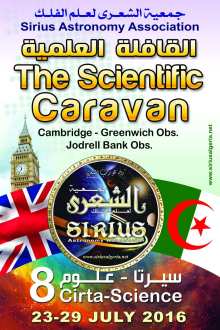 |
On Newton's Footsteps:
from London, to Cambridge, to Greenwich,
to Jodrell Bank...
23-29 July 2016 |
This year winners of Cirta-Science 8 were treated to a sweeping tour of some educational, scientific and historical landmarks in England. It started with a visit to the Greenwich Observatory which is the basis of the prime meridian definition, along with a visit to the Marine Museum. The group then visited Cambridge University with its various prestigious Colleges, notably King's College and St John's College. A trip to the Jodrell Bank Observatory with its huge radiotelescope near Manchester in the North of England took a full day, while a leisurely visit to the Woolthrope Manor where Newton's home is situated took a full more day. We didn't neglect London with its various landmarks... |
Details on the "Cirta-Science 8 " Contest
23-29 July 2016
Day 3: Cambridge University and King's College tour |
|
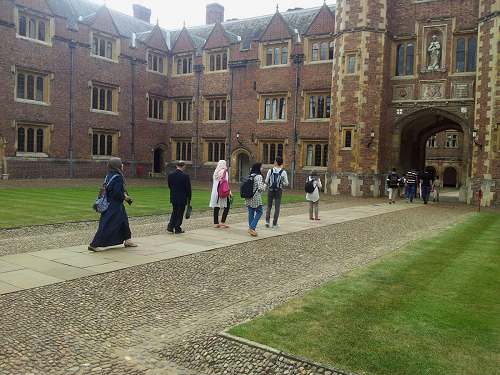
Visiting Trinity College. |
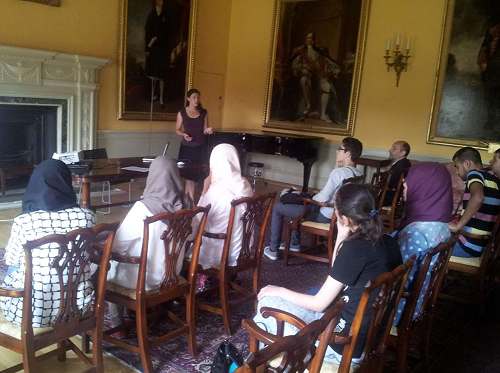
Dr Yvette Perrot lecturing to the group on the Universe and astronomy research.
|
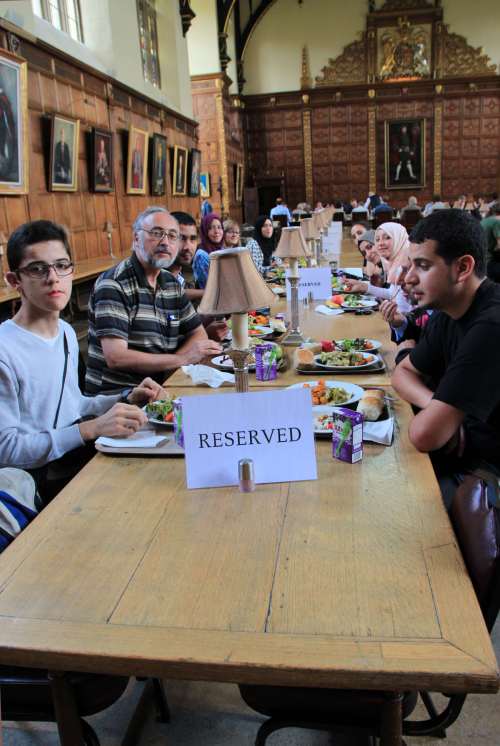
Taking our lunch in Trinity's dining hall among the Royal Society's Fellows |
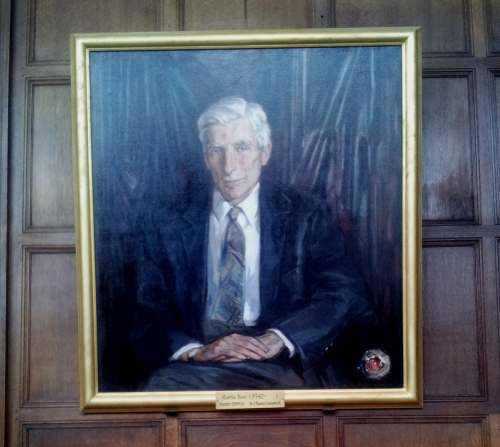
Sir Martin Rees, the Royal Astronomer since 1995
that we were supposed to meet if not for a last minute cancellation from his part due to an expected appointment. 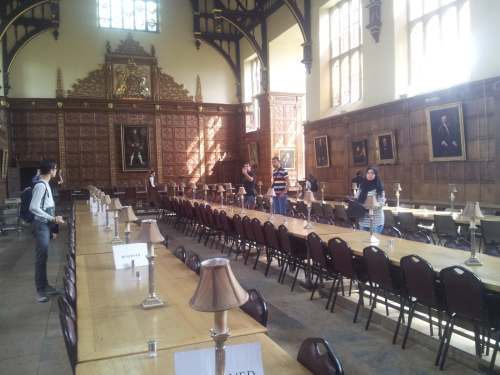
The Trinity's dining hall
|
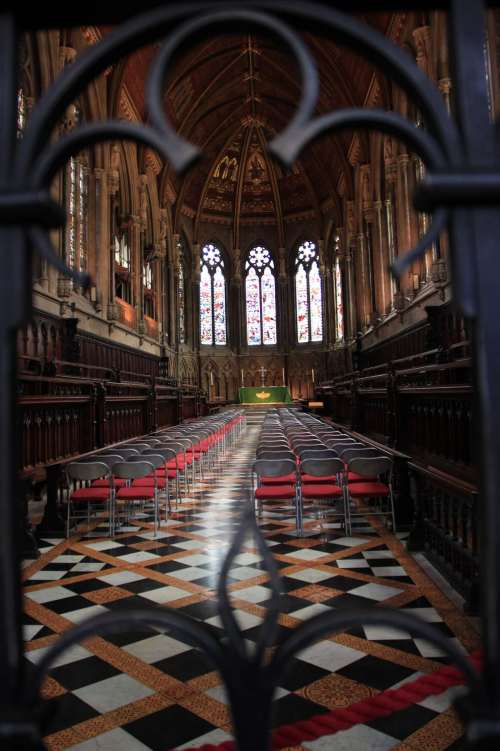 |
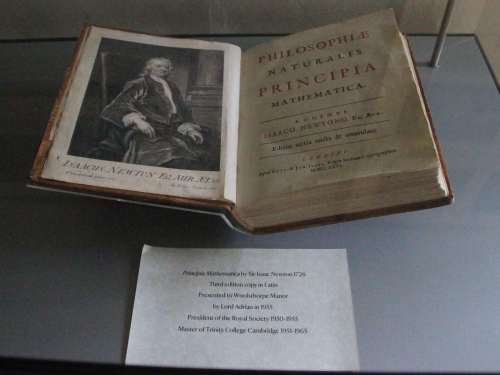
Newton's master piece : Principia.
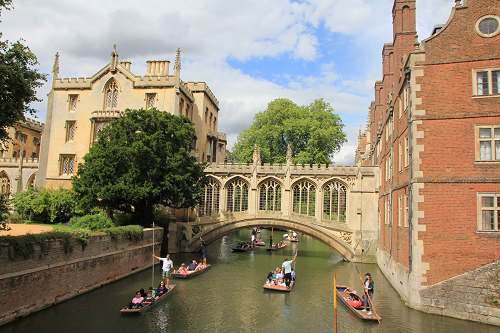
Student life at Cambridge |
|
Day 5: At the Natural History Museum and the Science Museum
|
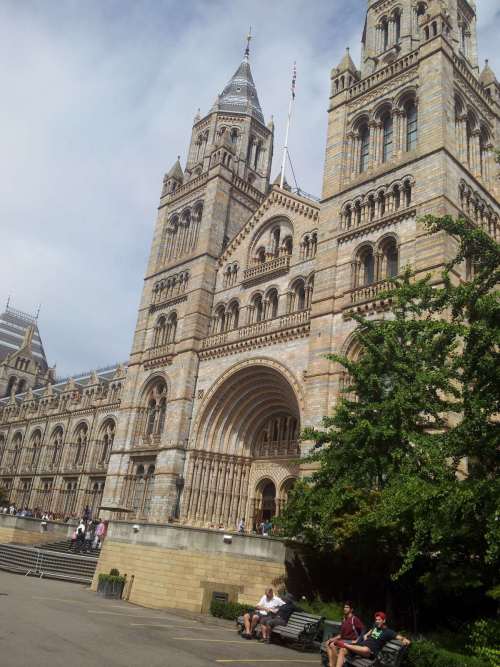 This famous Museum which boasts more than four million visitors a year, contains some 80 million items within five main collections: botany, entomology, mineralogy, paleontology and zoology. It is a centre of research specializing in taxonomy, identification and conservation, It even contains specimens collected by Charles Darwin.
. |
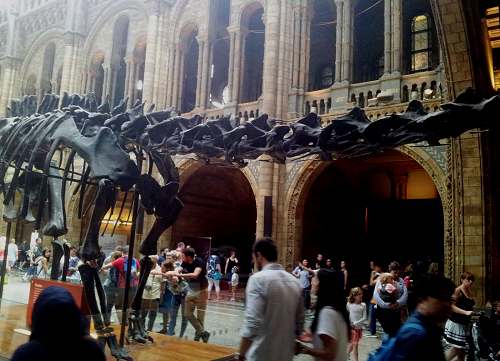
The "Cathedral of Nature": a large Diplodocus cast dominating the vaulted central hall
.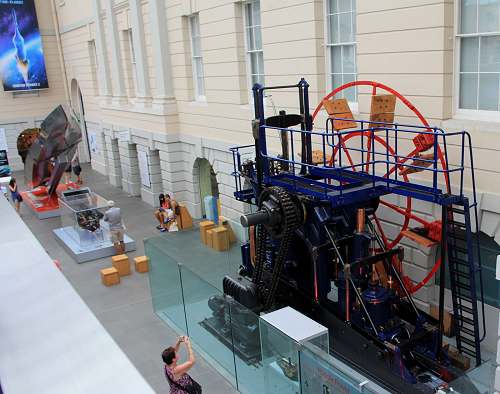
The power of the engines: The scientific revolution started from England...
|
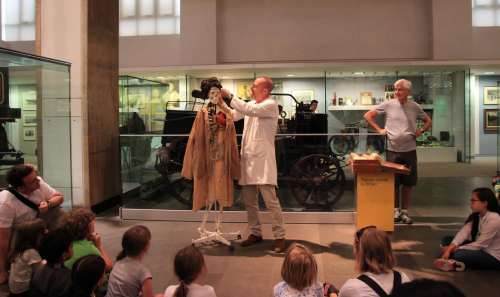
Live experiments
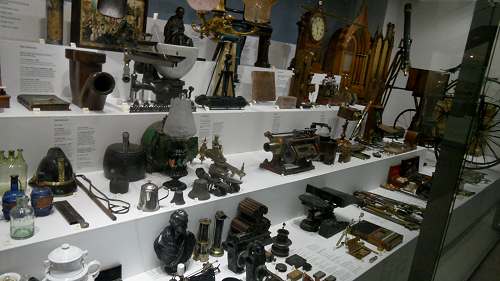
The paraphernalia of the industrial revolution... now resting quietly in a Museum.
|
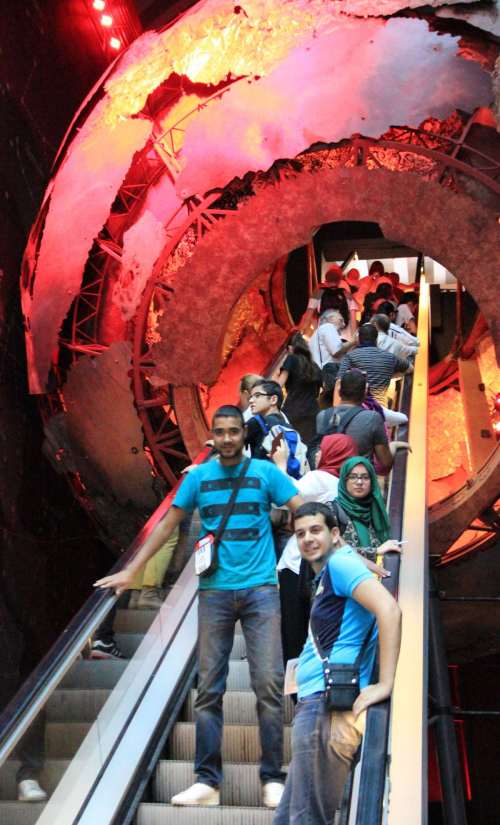 |
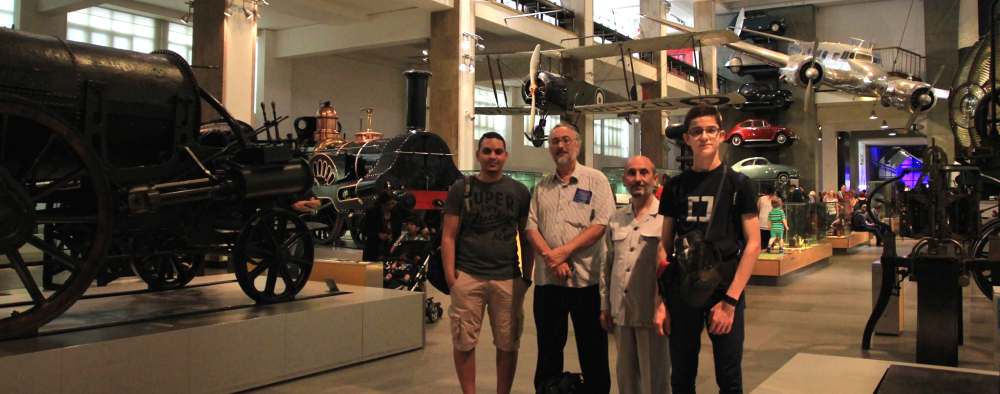
Touring the various aisles of the Museum with Redha Sidomou |
.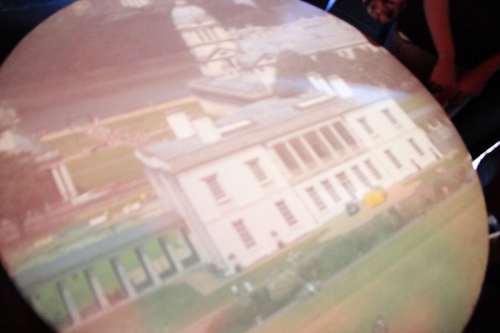
Camera obscura. Seeing the outside ...from the insideN
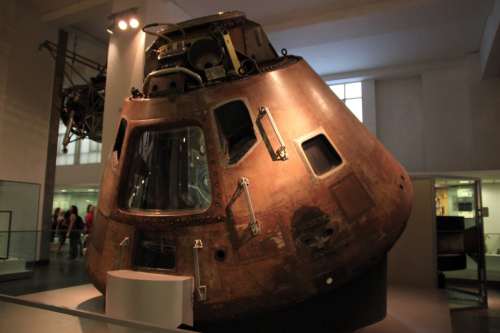
The Apollo 10 spacecraft who went around the Moon with astronauts without landing.
|
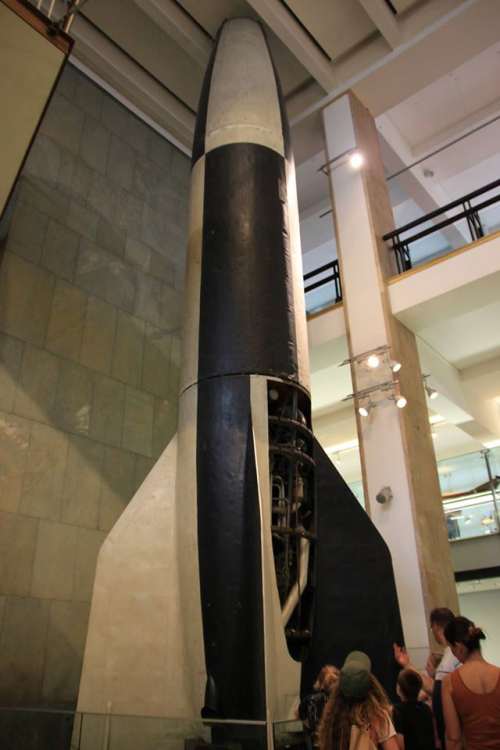
The V2 German WW2 missile which almost changed the course of the war... |
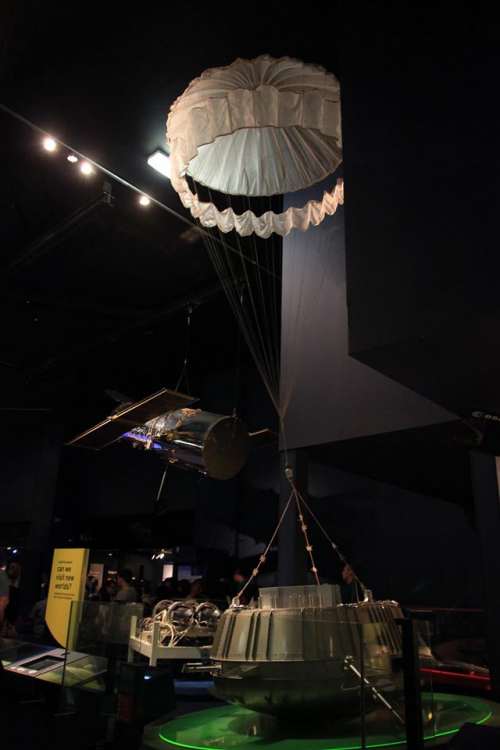
Space Age: Venus landing probe, Hubble Space Telescope... |
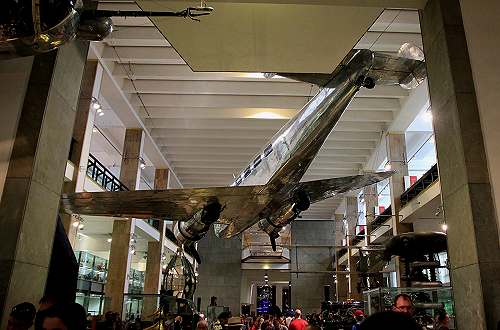
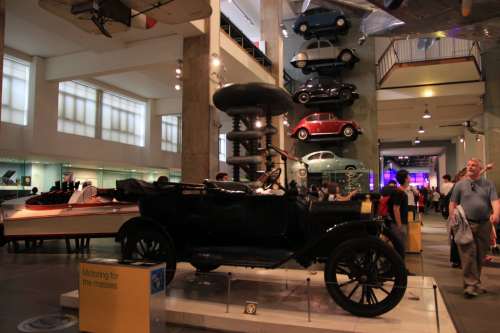
The car, the symbol of the industrial age.
|
Day 6: At the Jodrell Bank Observatory, Manchester
Its construction was finished in 1957 and it was at that time the largest steerable radio telescope in the world. It is now the third-largest, after the Green Bank telescope in West Virginia, in theUS ,and the 100m steerable Effelsberg telescope in Germany.
|
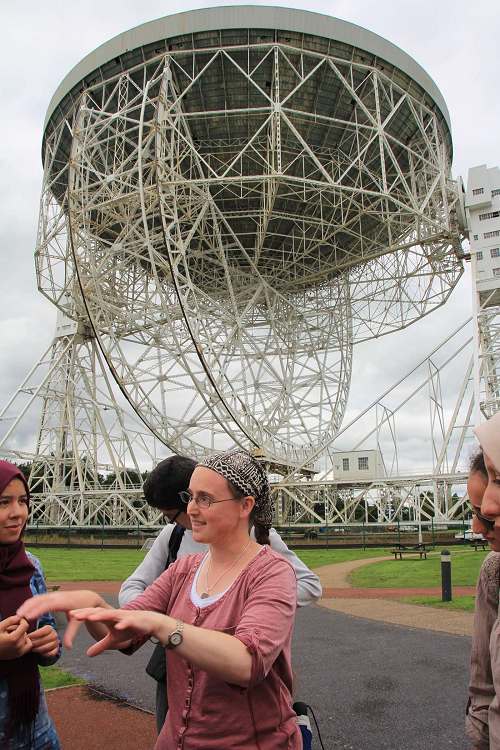 Visiting the huge Lovell radiotelescope with Dr.Argo Megan as our guide. It is a steerable 2000t moving dish situated near Lancaster, Cheshire in the north-west of England, a more than 400km drive. |
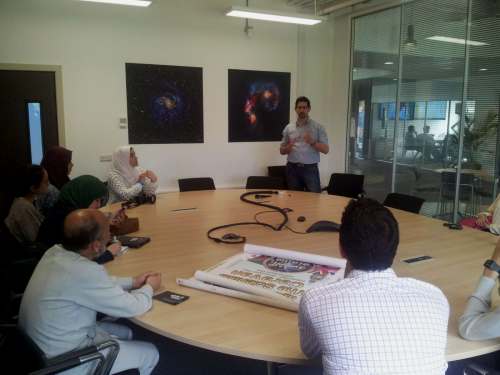
Lecture by Dr. Mathieu Isidore on the SKA Mega project (Square Kilometer Array).
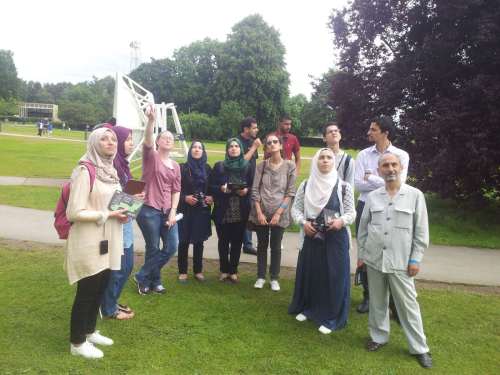
It is also called the 250 ft telescope for its 76.2 m dish diameter, the largest radiotelescope in Europe when it started operating back in 1957.
|
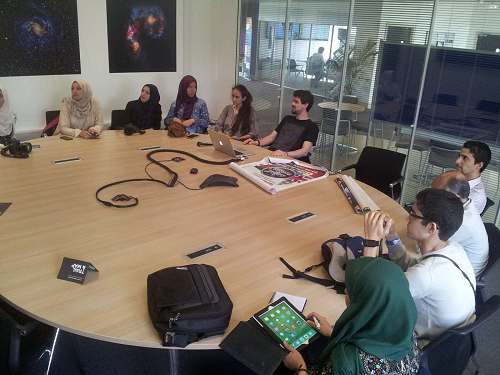
More discussions on the SKA significance for Science and for Africa. With us is Djihed Afifi, the ANASR representative from the University of Manchester. |
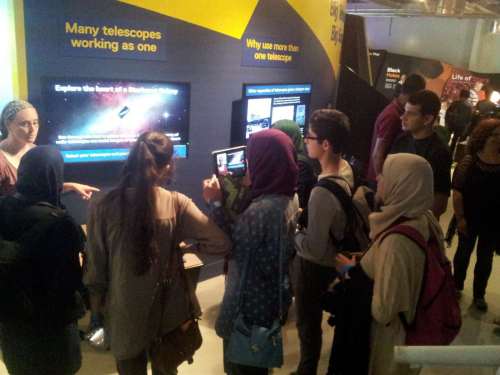
At the Visitor's Center |
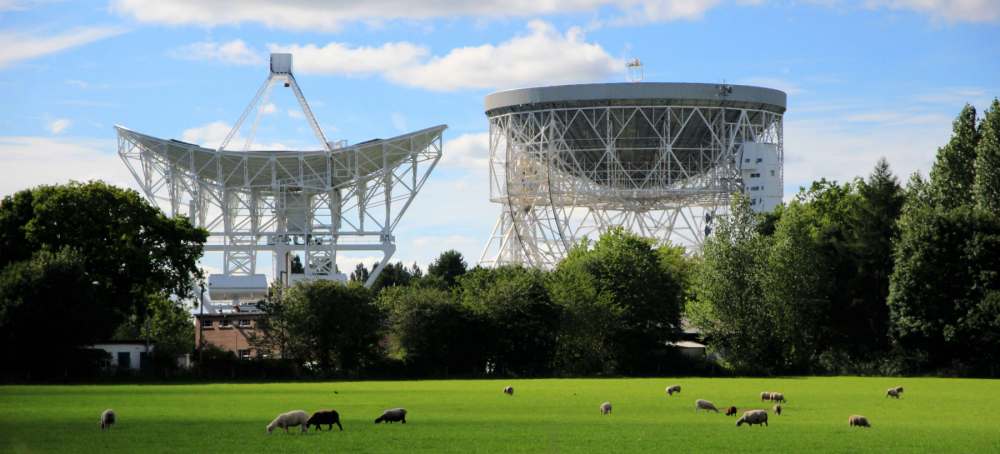
The radiotelescope from afar (The main one, the Lovell radiotelescope is at right). In addition to its use primary use in astrophysics studies, it was used extensively to track both Soviet and American probes aimed at the Moon in the late 1950s and early 1960s, as well as other ones thanks to its great sensitivity. We see also at left a 50 ft (15 m) telescope used for tracking specific spacecrafts including Apollo 11.
|
|
.gif) |
|



